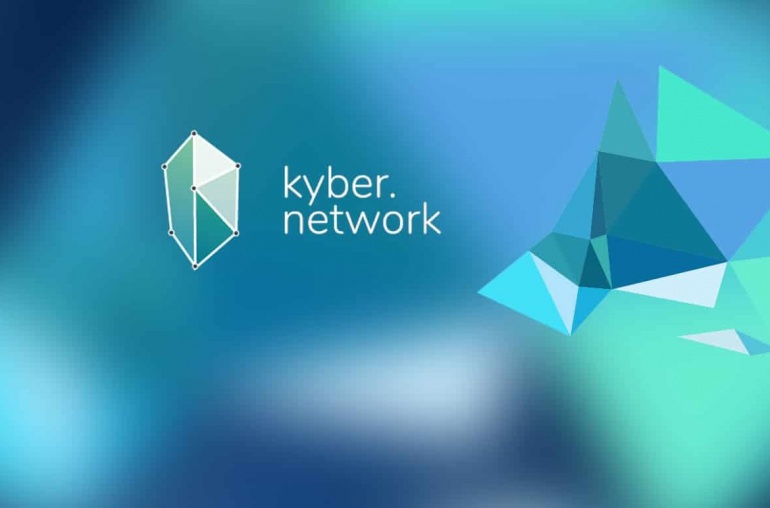As everyone knows who deals with crypto currency market, Bitcoin appeared in 2009 on the basis of the crypto money with many more transactions are performed as the database or transaction records are kept as the network blockchain technology. While many people have heard of Blockchain technology together with cryptocurrencies, it is actually used in many areas such as finance, health, science, industry, technology, allowing transactions to be performed safely and transparently. SHA-256, one of the most secure cryptographic hash algorithm systems in the world, is used in the Bitcoin blockchain network, developed mainly using the science of cryptology.
Literally, blockchain; means block chain. To describe it in one sentence; We can say that the database technology that establishes the security of the transaction records kept distributed (decentralized) with the transactions performed in encrypted form and ensures the transparent follow-up of these transactions. Based on the above definition, if we try to explain, blockchain, which plays an important role in crypto money systems, is the technology that helps the transactions to be performed in these systems to be carried out safely.
A separate blockchain network is created for each of the coins that use blockchain technology as the technology infrastructure, and each blockchain network has its own protocols, rules and internal dynamics. While the protocols of the blockchain network where Bitcoin, which was first introduced by Satashi Nakamoto or people in 2009 were traded and kept, operate on separate principles and have different features; The protocols of Bitcoin Cash, which emerged with the fork in 2017 on the Bitcoin blockchain network, are different and have different features. However, in general terms, differences occur at points such as speed, security, working principle and approval process. The operating logic of the system is generally the same.
How Does Blockchain Work?

As mentioned above, blockchain is a distributed database that allows tracking of encrypted transactions and is validated by many registries. If we need to give an example of how transactions take place through a cryptocurrency transfer process, let’s assume that there are two parties that perform the transfer process. Let’s say wallet A wants to send 1 bitcoin to wallet B. The data of wallet A and wallet B (wallet numbers, wallet balances and hash codes that enable verification of history transactions, etc.) are one block. As soon as a request is received from wallet A, all computers connected to the blockchain network will see this transaction anonymously and start scanning their registries. Then, the computers that are adapted to the network attempt to verify whether the operation can be performed through the data in the registry, and to confirm all the operations that can be performed. In the context of the Protocols of the blockchain network in which bitcoin is traded, the transfer process, which is approved by 3 separate registries, takes place. When the Transfer occurs, a transaction ID (a new block) is created, which is encrypted and replaced in the registry.
Finally, a block containing wallet information, B block containing wallet information, balance information block, Transaction ID block, such as blocks come together, all this information is encrypted and a new block chain is formed. A 64-digit hash code is generated as the output of the block that occurs with the process that occurs. This hash code can be seen by the registry, and whether the operation took place can also be queried through the hash code. This hash code, which is the output of the actual process, is one-way. That is, you can edit a data as hash code and convert the data you want to store into 64-digit hash code. However, you cannot analyze hash codes by reading them backwards to find out what data they contain again.

Every process that takes place on the network, that is, every block, is connected to each other. The hash codes that are generated by the formation of new blocks are considered to be the reference point for the operations to be performed after them, the data is verified through these hash codes and the operations are performed.
Note: for example, except for this paragraph and the hash code below, the hash code created with SHA-256 is the code below. Of course, when you include this paragraph, a different code will appear. Hash codes are very sensitive. If only one character changes in the operand data, the code will change completely from beginning to end. It is not possible to resolve this text again only through the following code.
DF358D6E44F2ADB3E792E30321144EBFB74FEDFC14E959DE84EC2668C03B925B
In short, blockchain technology is a database network that allows transfer transactions to take place quickly and process security to be ensured by the system when cryptocurrency transfers are considered special.




